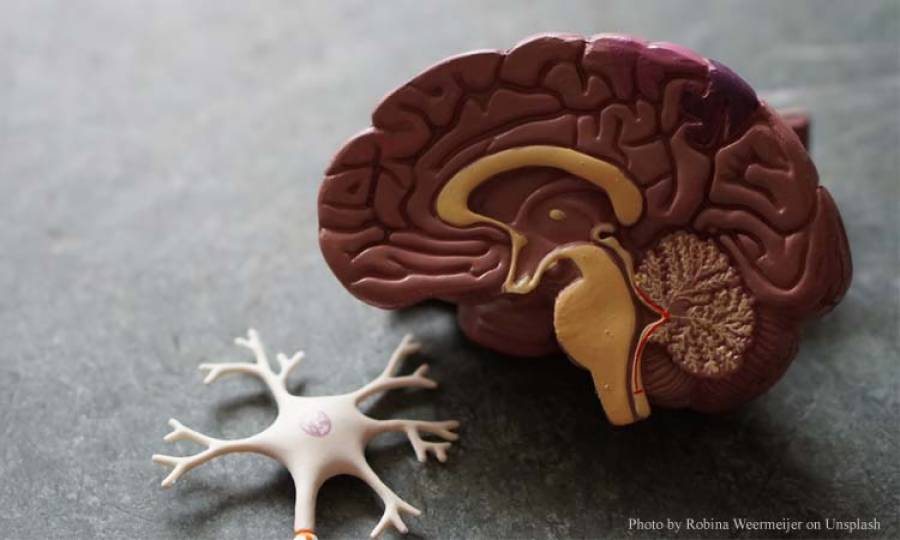New Guidelines Show Levdopa As Ideal Treatment For Parkinson’s

CALGARY: The American Academy of Neurology (AAN) put out new guidelines regarding early Parkinson’s disease where they asked Neurologists to counsel patients about the benefits and risks of levodopa treatment.
“Levodopa is the definitive primary therapy for early Parkinson’s patients. After reviewing all the available research on the medications to treat motor symptoms associated with Parkinson’s, we discerned that Levodopa is usually the best initial treatment option,” stated Dr Tamara Pringsheim, co-author of the guidelines and an MD at the University of Calgary in Alberta, Canada.
“However, Levodopa has side effects just like any other medication would. Therefore it is vital that anyone newly diagnosed with Parkinson’s disease discusses all treatment options available with their doctor and choose what works for them,” she explained.
To compile these new guidelines, the authors studied peer-reviewed articles of individuals with early stages of Parkinson’s. The team assessed studies that focused on MAO-B inhibitors, catechol-O-methyltransferase, Levodopa, and dopamine agonists against active comparators, via the Unified Parkinson’s Disease Rating Scale (UPDRS) part III as the chosen motor symptom quantifier.
The analysis results confirmed that Levodopa was superior at reducing symptoms than dopamine agonists, which was more likely to cause hallucinations or impulse related disorders. They also discovered that patients on dopamine agonists and MAO-B inhibitors were more likely to quit their treatment due to side effects versus those taking Levodopa.
“Clinicians ought to primarily prescribe immediate-release levodopa over controlled-release levodopa in patients with early Parkinson’s disease,” the co-authors recommended. They added that the lowest dose should be approved, and neurologists should counsel patients against higher dosages as they can cause dyskinesia.
“Deciding to start any medication is a combined effort between a person with Parkinson’s disease, their doctor, and their caretaker. The correct medication ultimately depends upon a person’s symptoms, age, and circumstances.” Dr Pringsheim concluded.
Advertisement
Trending
Popular
Aging: New study identifies key lifestyle, environmental factors ...
-
Hair loss: Discovery uncovers key stem ...
08:00 PM, 25 Feb, 2025 -
Broccoli sprout compound may help lower ...
11:31 AM, 25 Feb, 2025 -
Gas Pain vs. Heart Attack: How to tell ...
09:00 PM, 22 Feb, 2025 -
Coconut oil supplement shows promise ...
08:00 PM, 20 Feb, 2025



